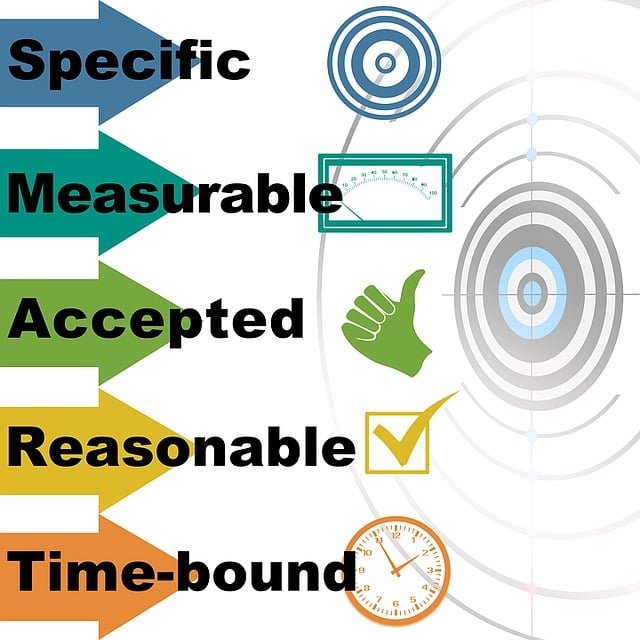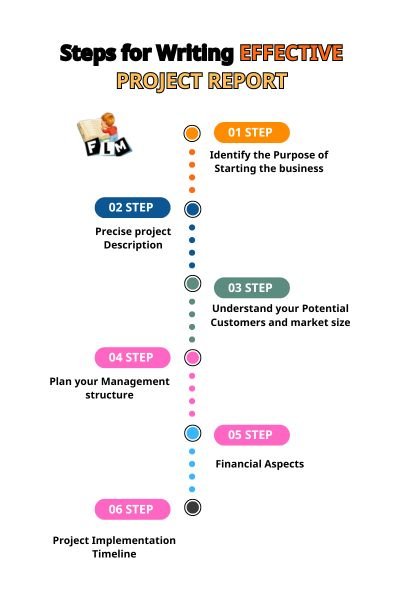Writing a solid project report is crucial for communicating project progress, findings, and outcomes. This instructive book will guide you through the structure, basis, and style of writing an excellent project report for your stakeholders. Whether you are a student, project manager, or team leader, understanding how to write a decent project report will improve your professional communication skills.
Introduction
A project report is a formal paper that describes the project’s objectives, techniques, outcomes, and conclusions. It is important to keep stakeholders informed about the project and document its progress from start to finish. Yet so many individuals try to write a good project report but fail. difficulties for the majority include unclear objectives, inadequate audiences, and poor structuring of content.
Difficulties in writing project reports:
1. Undefined Goals: Most writers fail to clarify and define what they want to achieve from their report.
2. Audience Misalignment: Since the audience mindset is not visualized, inappropriate language and content can appear.
3. Poor Structure of Reports: Reports created without any particular structure may seem pointless and lack clear direction.
4. Inadequate Detail: Some reports lack sufficient detail, leaving readers with unanswered questions.
5. Time Management: Writers often underestimate the time required to produce a thorough report.

Challenges in Learning Outcome:
To overcome these hurdles, however, a few strategic approaches need to be considered in writing a solid project report:
- Define Clear Objectives: Start with an identification of what you want to communicate in your report.
- Know Your Audience: Tailor your language and content based on who will be reading the report. Use a structured format to guide the reader through your content in a logical sequence.
- Include Relevant Details: Make sure that enough information is covered to be clear.
- Plan Your Time: Give time for drafting, corrections, and finalization of the report.

What is a Project Report?
A project report is an elaborate document that essentially provides information about a particular project. It generally describes the objectives of the project, methodologies followed, the results achieved and conclusions drawn at the end. A quality project report not only consists of noting what has been done but also serves as a reference guide for the future.
Why Is a Project Report Important?
Project reports are significant in the following ways:
Documentation: They maintain an official record of what has been done during the project.
Communication: Reports keep stakeholders informed about progress and outcomes.
Evaluation: They provide opportunities for teams to assess what went right and what went wrong.
Future Reference: A well-documented report shall act as a reference point for future projects of this kind.
A Comprehensive Guide to Project Reports

Who prepares project reports?
- Project reports are normally written by the project manager or the team leader, but members of the team can write sections based on the topics where they have expertise. Academic students usually write reports in their curriculum or course material involving some form of research work.
For Whom a Project Status Report For?
- A project status report is presented to all the stakeholders in a project. It includes how the project is moving from the involvement of various team members, management, clients, and any interested party.

When should a project status report be written?
Status reports of the project need to be written at regular intervals of its lifecycle. Depending on the complexity and span, this may be once a week, monthly, or at certain key milestones.
How to Write a Solid Project Report in 7 Steps
1. Define Your Objectives: Clearly state what you aim to achieve with your report.
2. Know Your Audience: Make your content and consider who will be reading it
3. Provide Outline for Your Report: This should include the outline of all sections.
4. Write your Report: Write the first draft, without too much concern for perfection.
5. Add Images: Use charts and graphs where appropriate to illustrate key points
6. Review and Revise: Don’t forget to edit your report for clarity, as well as accuracy.
7. Conclude Report: Finalize the report to meet all the requirements.
1. Define Your Objectives:
- Think about what you’re trying to achieve from your report before you start. Are you aiming to report on what you did, or are you going to inform people of what you have achieved and suggestions for the future? This will keep you focused as you write.
- For example: you’re interested in sharing a science project that you conducted with the public; describe what you want to discover, your approach to the experiment, and what you found out.
2. Know Who You Are Addressing
- Take into account who will actually read your report. Is this for your teacher, for your parents, or for a group of scientists? Your audience will guide you on the level of details to discuss and the kind of vocabulary you are likely to use.
- For example: when writing for my teacher, I shall use more scientific words and expand it. For my parents, however, I would perhaps use simple words, meaning just mention the most crucial ones.
3. Provide Outline for Your Report:
- You actually prepare a list of all you would need to write in your report before actually putting down your thoughts on paper. This helps in keeping you well-organized and eliminating important information you may forget otherwise.
Your report can have this pattern below:
- Introduction: What you’re writing about and why
- Methods: How you carried out your experiment or project
- Results: What you found out or discovered
- Conclusion: What you learned and what you believe should be done next
4. Write your Report
- Now write your report. Don’t worry too much making it perfect yet. Just let’s get down and start putting on paper what’s in your mind.
- You can always go back and fix things later. The important thing is to get started and keep writing until you have said everything you intended to say.
5. Add Images
- Images will make your report appear more exciting and readable. You can include charts, graphs, or diagrams to illustrate the results of your project or experiment.
- For example, you did a project on how plants grow, you can have a diagram that shows the whole different parts of a plant and how they relate to each other.
6. Review and Revise:
Read over what you have written once you are done. Find any errors while keeping your report or areas where you can make things clearer.
You can even go to another person-they could be a parent or teacher-and have them read your report and give you feedback. They might see things that you didn’t or have even better ways of making your report shine.
7. Conclude Report
- Last but not the least, make sure your report is clean and well-arranged. Use headings and subheadings to break up the text and use such writing that it will be easy to read.
- You can also attach a cover page with title and your name of the report. And do not forget the list of sources used for your work, be it books or web pages.
These are the 7 steps to writing a good project report. Explain very clearly what you did, what you learned, and what you think should happen next. Just don’t forget to take your time, use your imagination, and have fun!
What to include in a project status report?
- A solid project status report should include
- Project Overview A summary description of the project’s purpose.
- Goals: Scope of the project with well-formulated objectives.
- Progress Update: Current status including completed tasks and upcoming milestones.
- Budget Overview: Summary of the financial information regarding expenditure vs budgeted figures.
Problems/Risks: Any issues encountered or potential risks identified at the project. Project Report Examples Here are a few common types of project reports:
- Progress Report: Documents ongoing work and updates on tasks completed.
- Completion Report: Summarises overall achievements and lessons learned at the end of the project.
- Performance Report: Focuses on metrics related to resource allocation and cost management.
Best Practices When Writing a Solid Project Report To make your project report effective:
- Be clear and concise in your writing.
- Use headings and bullet points for easy navigation.
- Add some graphs or charts to represent your data.
- Maintain an objective tone throughout the report.
Conclusion:
Writing a good project report is an essential skill, as it can literally impact how effectively you communicate the outcomes of your project. You can know that this will only be possible if you understand its structure, advise common difficulties, follow clear steps, and approach best practices. Remember that every good project report adds not just to documenting the current efforts but becomes valuable guidance for future projects as well.
